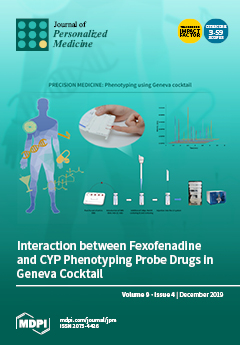Introduction: Though disease-related differences between the sexes have increasingly attracted attention, the renal impact of pulse pressure (PP) in patients with chronic kidney disease (CKD) has never been investigated comprehensively in relation to differences associated with sex. We aimed to examine sex
[...] Read more.
Introduction: Though disease-related differences between the sexes have increasingly attracted attention, the renal impact of pulse pressure (PP) in patients with chronic kidney disease (CKD) has never been investigated comprehensively in relation to differences associated with sex. We aimed to examine sex differences in PP as a related factor of CKD progression from the perspective of atherosclerosis.
Methods: A total of 156 patients with CKD matched according to age and estimated glomerular filtration rate (eGFR) were separated into sex-based cohorts. Multivariate Cox proportional hazards analyses were performed to identify factors associated with renal outcomes. Kaplan–Meier analyses were performed to assess disease progression, which was defined as a ≥50% estimated glomerular filtration rate (eGFR) decline or end-stage renal disease.
Results: The mean age of the study participants was 58.9 ± 13.1 years, and the median follow-up period was 114.0 months. A multivariate Cox regression analysis showed that PP was significantly associated with disease progression among the entire cohort (
p = 0.007). In the sex-based sub-cohort analyses, PP was significantly associated with disease progression in men (
p = 0.0004) but not in women. Among the entire cohort, PP was correlated positively with age (
p = 0.03) and negatively with high-density lipoprotein-cholesterol (HDL-C) level (
p = 0.003). PP was significantly correlated with visceral fat area (VFA) (
p = 0.04) and hemoglobin level (
p = 0.04) in men and with HDL-C level (
p = 0.003) in women.
Conclusion: A high PP is a significant related factor of CKD progression, especially in men, in whom it is significantly associated with greater VFA and lower hemoglobin level.
Full article






